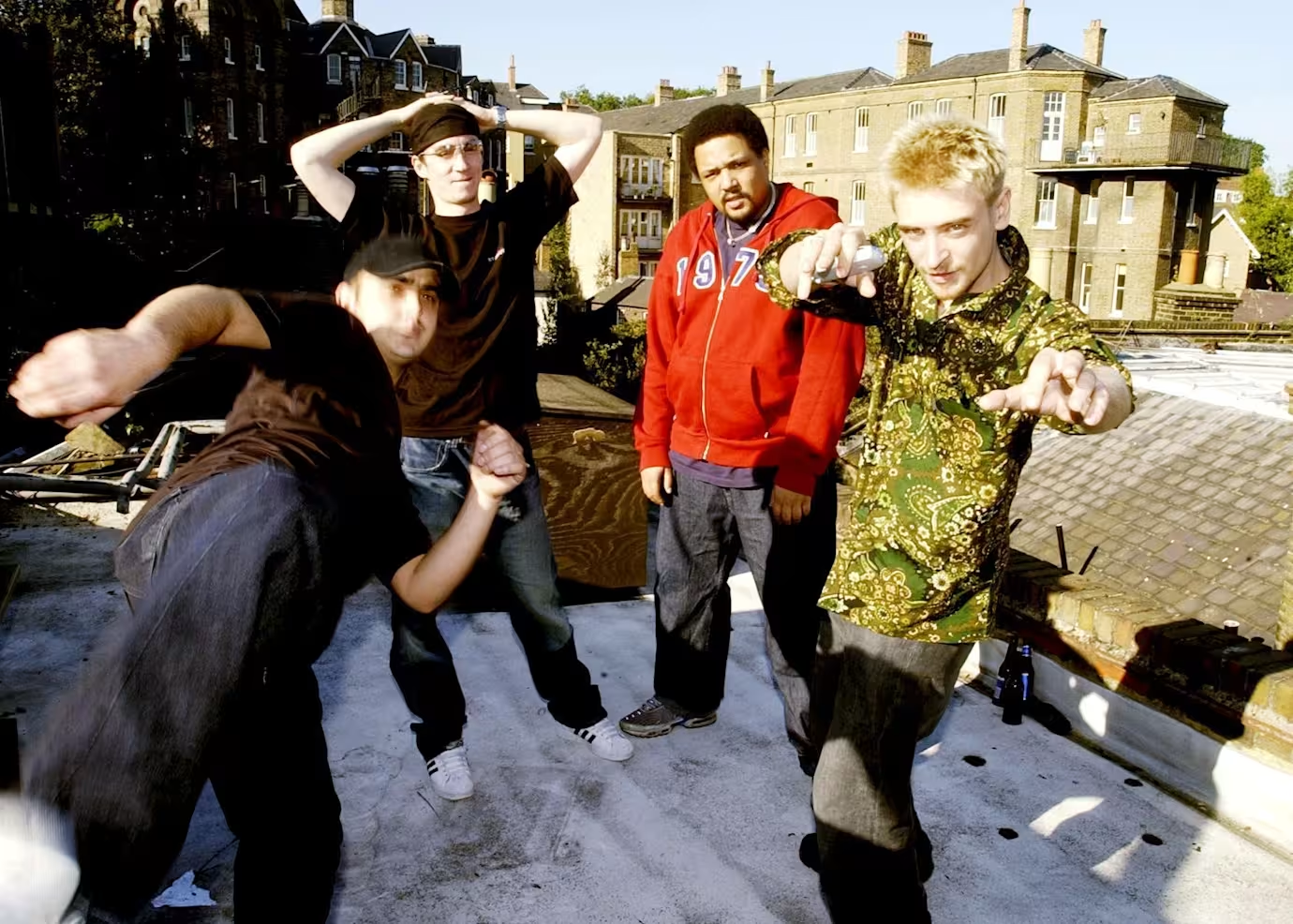
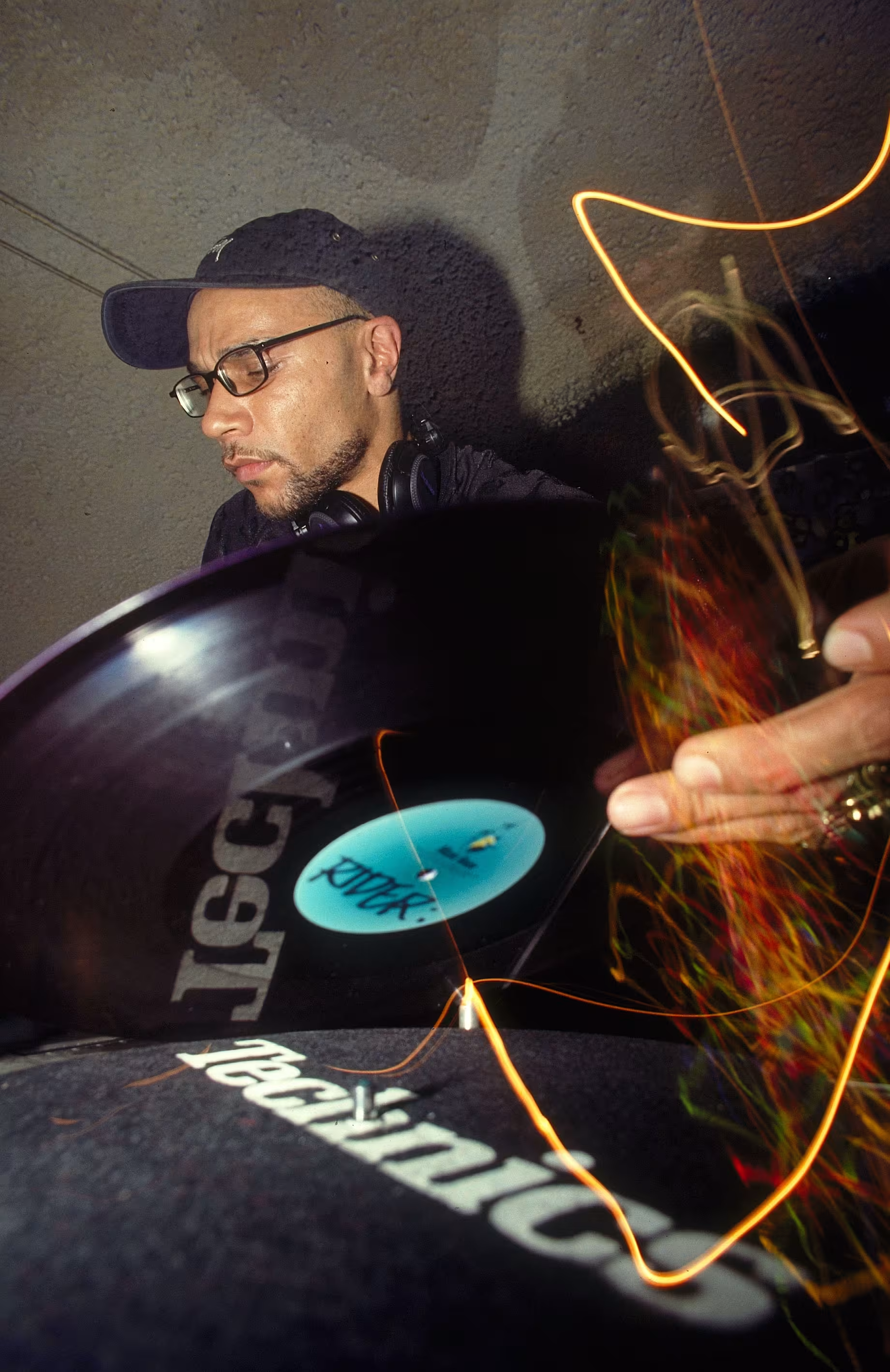
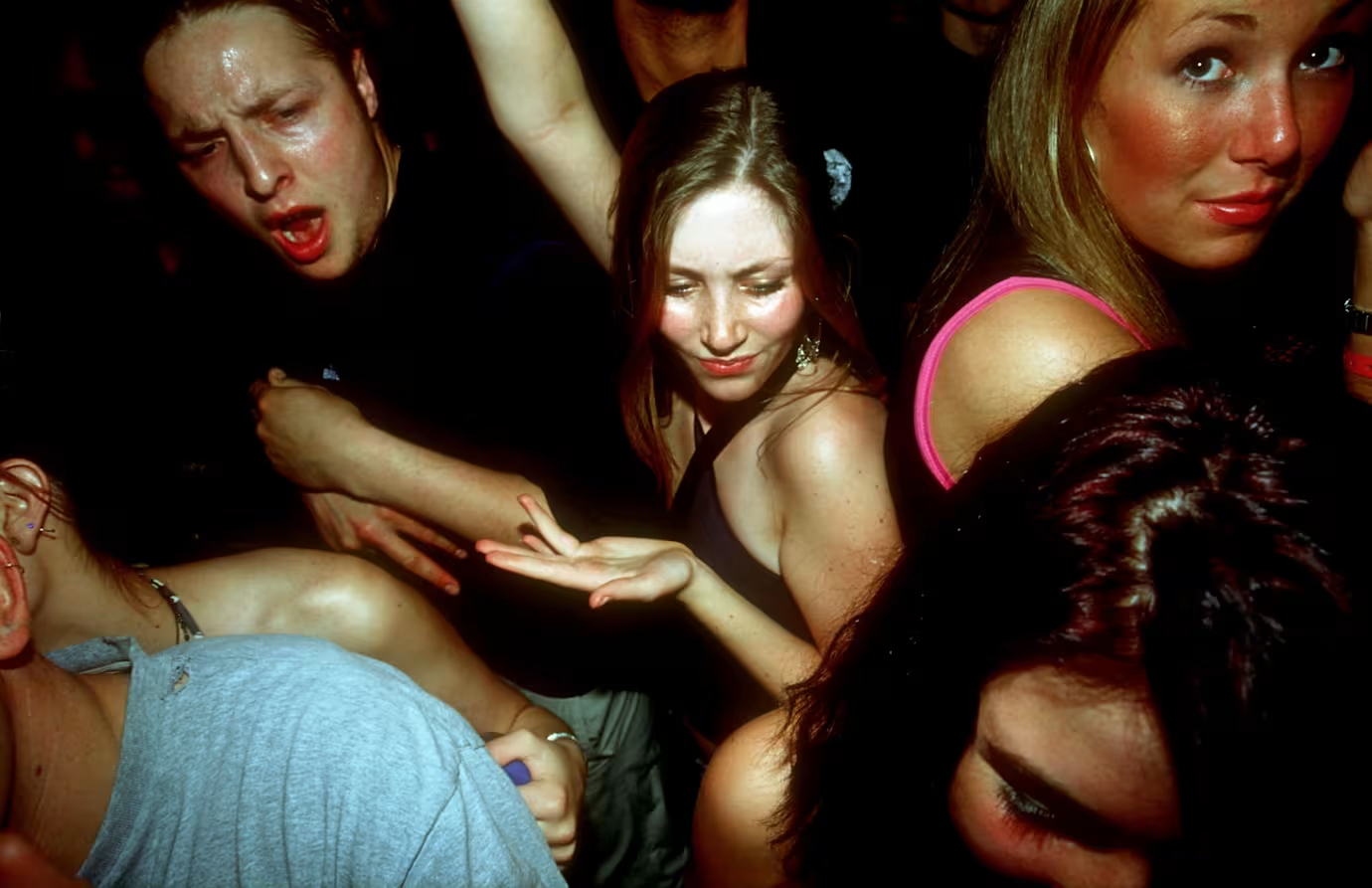
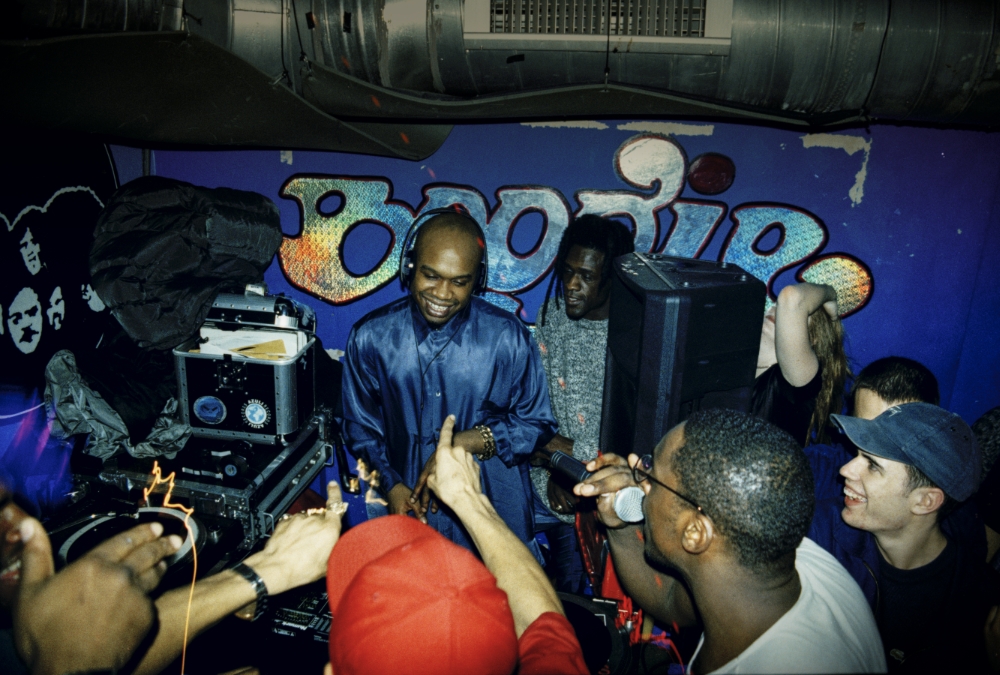
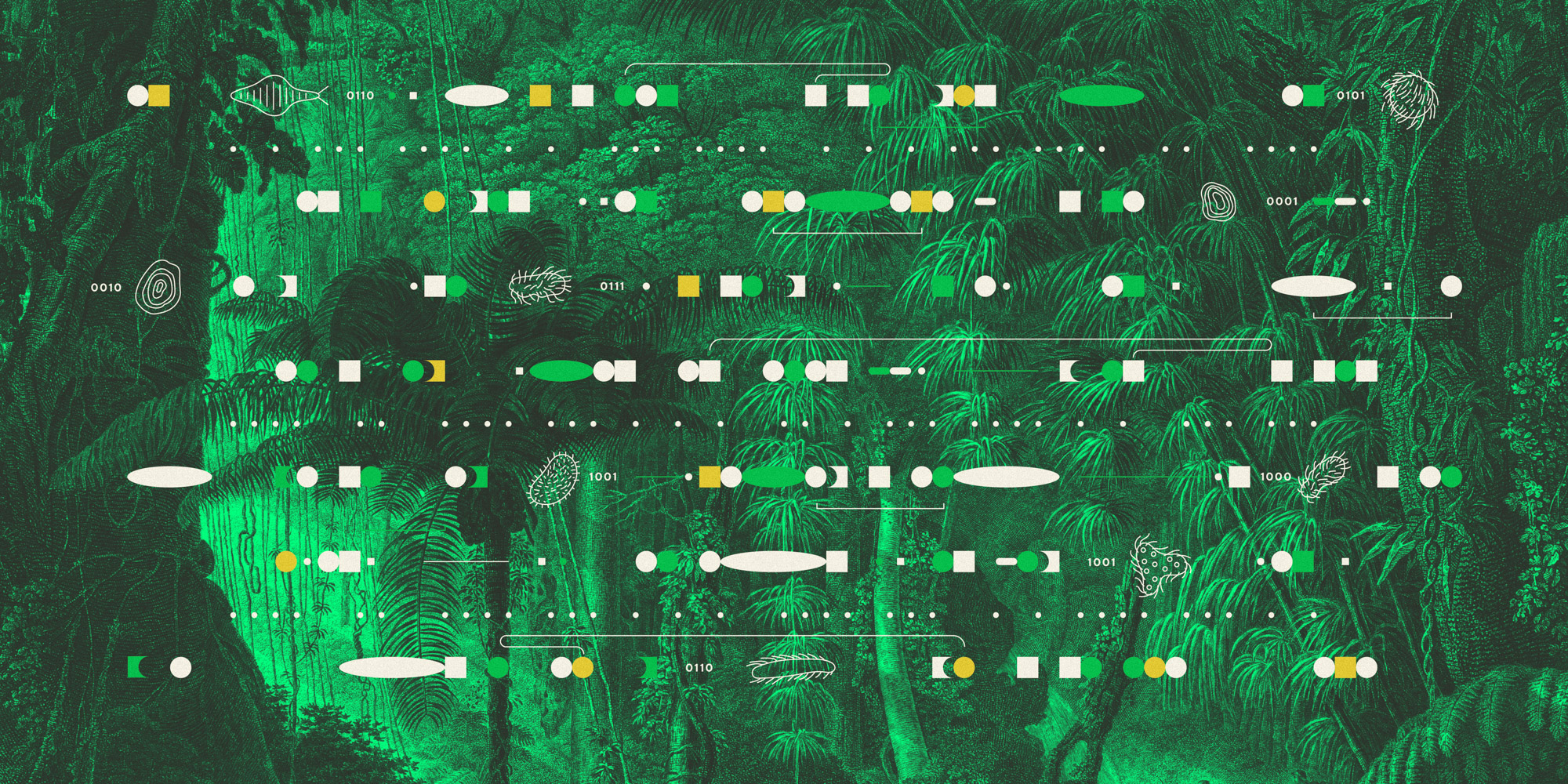
breakbeat hardcore scene of the early 1990s was beginning to fragment by 1992/1993, with different influences becoming less common together in tracks. The piano and uplifting vocal style that was prevalent in breakbeat hardcore started to lay down the foundations of 4-beat/happy hardcore, whilst tracks with dark-themed samples and industrial-style stabs had emerged from late 1992 and named darkcore. Reggae samples and reggae-influenced tracks had been a feature of many breakbeat hardcore tracks since 1990, particularly from producers such as Shut Up and Dance, however Ibiza Records, and the Rebel MC were arguably the first to bring the sound system influence solidly into releases. The track "We Are I.E." by Lennie De-Ice is often credited as being the track that laid down the foundations for jungle with its ragga bassline.
During 1992 and 1993, the phrases "jungle techno" and "hardcore jungle" proliferated to describe that shift of the music from breakbeat hardcore to jungle. The sound was championed at clubs such as A.W.O.L., Roast, and Telepathy, by DJs such as DJ Ron, DJ Hype, Mickey Finn, DJ Rap, DJ Dextrous, and Kenny Ken, record labels Moving Shadow, V Recordings, Suburban Base, and Renk, and on pirate radio stations such as Kool FM (regarded as being the most instrumental station in the development of jungle) but also Don FM, Rush, and Rude FM.
Tracks would span breakbeat styles, particularly with darkcore, with notable releases including "Darkage" by DJ Solo, "Valley of the Shadows" by Origin Unknown, "Set Me Free" by Potential Bad Boy, "28 Gun Bad Boy" by A Guy Called Gerald, "Crackman" by DJ Ron, "A London Sumtin" by Code 071, "Learning from My Brother" by Family of Intelligence, "Lion of Judah" by X Project, and "Be Free" by Noise Factory.
Techniques and styles could be traced to such a vast group of influencers, each adding their own little elements. According to Simon Reynolds, jungle was "Britain's very own equivalent to US hip-hop. That said, you could equally make the case that jungle is a raved-up, digitised offshoot of Jamaican reggae. Musically, jungle's spatialised production, bass quake pressure and battery of extreme sonic effects, make it a sort of postmodern dub music on steroids." This is an example of the effects of the sonic diaspora and the wide influence musical genres have; Jungle is where these different Black Atlantic genres converge. Reynolds noted the audience of the genre evolved alongside the music itself; going from a "sweaty, shirtless white teenager, grinning and gurning" to a "head nodding, stylishly dressed black twenty something with hooded-eyes, holding a spliff in one hand and a bottle of champagne in the other". Jungle also served as "a site for a battle between contesting notions of blackness".



